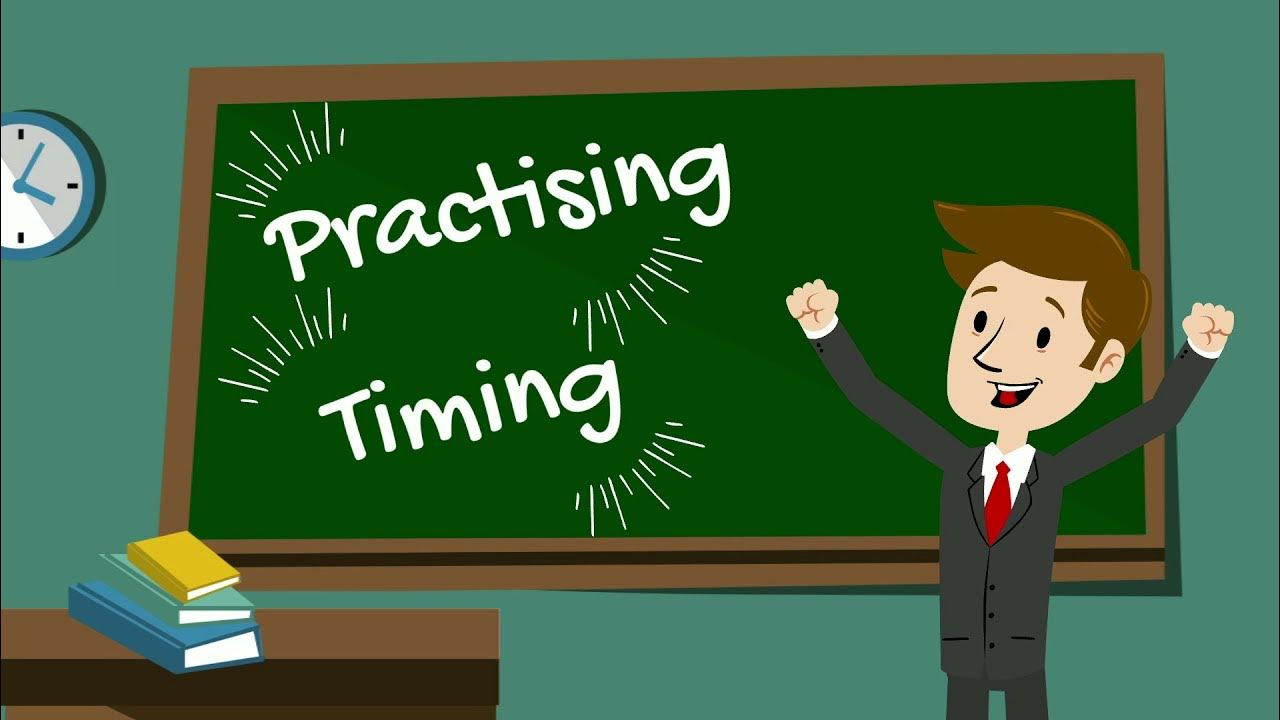How to Engage an Audience in a Presentation
Summary
TLDRThis video provides six effective strategies to engage your audience during presentations. Key tips include: asking simple questions to create discussion, involving physical actions to reinforce ideas, offering stimuli like quotes or images for reactions, using volunteers to enhance relatability, incorporating real objects for demonstration, and using purposeful body movement to capture attention. These practical techniques help presenters create more dynamic, interactive experiences. The video also teases a follow-up on how to use learning styles for better engagement. Viewers are encouraged to apply the easiest strategy in their next presentation.
Takeaways
- 😀 Engage your audience by asking more questions to create a sense of discussion, including rhetorical or easy-to-answer questions.
- 🤔 Use physical actions to engage listeners, such as asking them to perform simple tasks, which can make your point more impactful.
- 🖼️ Provide something for your audience to react to, like showing a quote or image on a slide to stimulate a response and interaction.
- 🙋♂️ Invite a volunteer from the audience to demonstrate something with you, as this helps other listeners relate and engage more effectively.
- 📸 Use real objects or props during your presentation instead of just slides, as physical items are more engaging and relatable.
- 💪 Use your body language and movement to engage your audience, ensuring that any movement has a clear purpose to keep them attentive.
- 💡 Focus on making your presentation interactive by involving your audience in different ways, such as physical actions or asking them to respond.
- 🎤 Relating to your audience by bringing them up front or using props makes your presentation feel more dynamic and engaging.
- 🎯 Always move with purpose during your presentation, as pacing or unnecessary movements can detract from engagement.
- 🔗 Remind your audience to check out related content, such as an upcoming video or additional resources, to extend their learning experience.
Q & A
What is the first step in creating an engaging presentation?
-The first step is to create your content and know what you want to share.
Why is asking questions during a presentation important?
-Asking questions creates a feeling of discussion and engages the audience, making them think or respond instead of passively listening.
What is an example of a rhetorical question in a presentation?
-A rhetorical question is one that the speaker asks without expecting a verbal answer, allowing the audience to think about the question during a pause.
How can asking the audience to do something physical enhance engagement?
-Asking the audience to do something physical, like crossing their arms, makes them participate actively and helps reinforce the point being made.
What is the benefit of using an external stimulus, like a quote or image, in a presentation?
-Using a stimulus such as a quote or image encourages the audience to react, making the presentation more dynamic and interactive.
How does bringing a volunteer on stage engage the audience?
-When a volunteer comes on stage, the rest of the audience relates to the volunteer and becomes more engaged by imagining themselves in that person's place.
What is the advantage of using a real object as a prop in a presentation?
-A real object is more tangible and interesting for the audience than just showing a picture on a slide, making the point more memorable.
How can the speaker’s body language impact audience engagement?
-The speaker's body language, including gestures, movement, and energy, helps to maintain the audience's attention and makes the presentation more engaging.
What is the importance of purposeful movement in a presentation?
-Purposeful movement draws the audience in, making the speaker appear dynamic and intentional, but random movement can distract or convey nervousness.
What can the audience expect in the next video of this series?
-The next video will focus on using learning styles to create a more dynamic interaction with the audience.
Outlines

Cette section est réservée aux utilisateurs payants. Améliorez votre compte pour accéder à cette section.
Améliorer maintenantMindmap

Cette section est réservée aux utilisateurs payants. Améliorez votre compte pour accéder à cette section.
Améliorer maintenantKeywords

Cette section est réservée aux utilisateurs payants. Améliorez votre compte pour accéder à cette section.
Améliorer maintenantHighlights

Cette section est réservée aux utilisateurs payants. Améliorez votre compte pour accéder à cette section.
Améliorer maintenantTranscripts

Cette section est réservée aux utilisateurs payants. Améliorez votre compte pour accéder à cette section.
Améliorer maintenantVoir Plus de Vidéos Connexes

STOP Beginning Your Presentations with "Good Morning" and "Thank You!"

5 Things Every Presenter Needs To Know About People

7 PowerPoint Tips to Make Your Presentation Look Awesome!

MATATAG TLE7 ICT: WEEK 6 PRESENTATION SOFTWARE (Animation Pane Tutorial End of video)

Giving an Academic Presentation

How to make great presentations | 10 powerful presentation tips
5.0 / 5 (0 votes)
